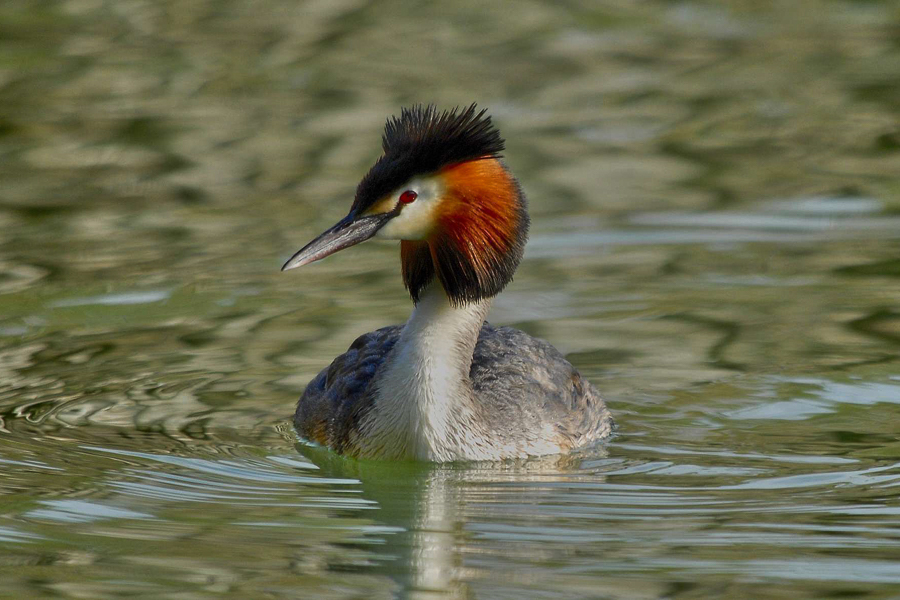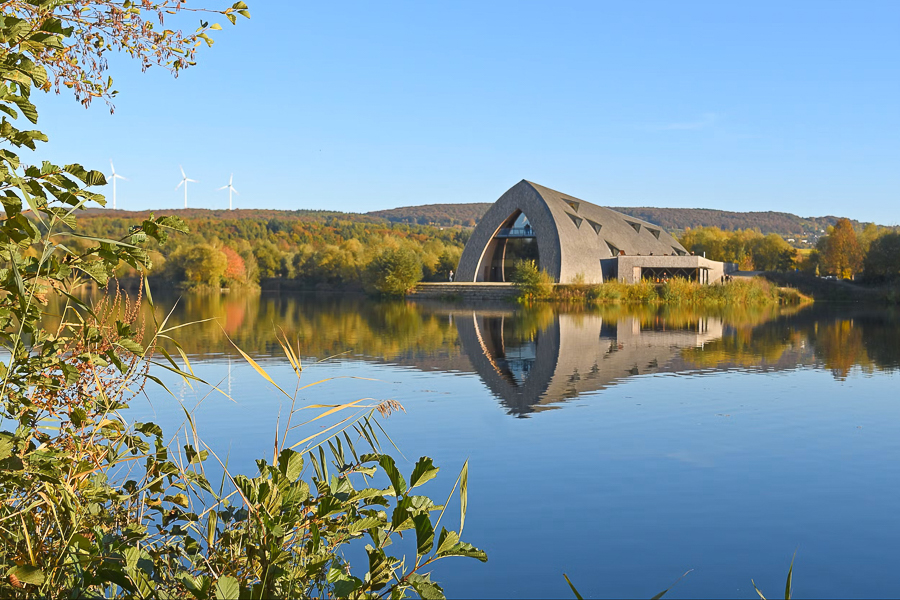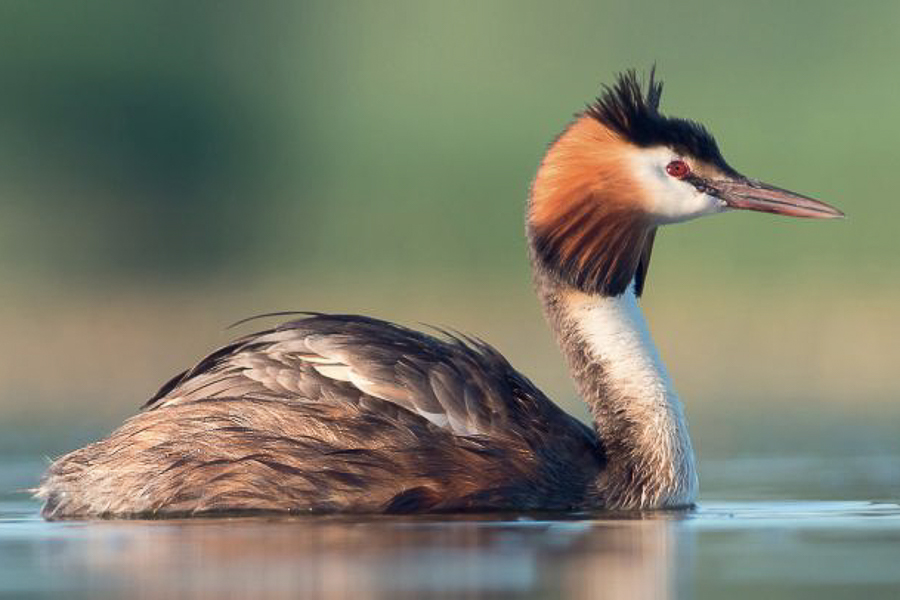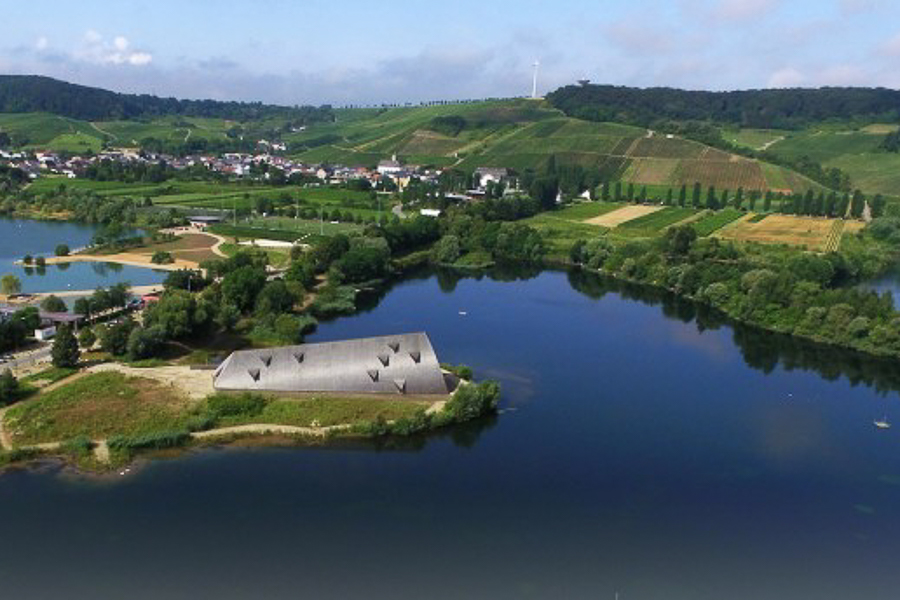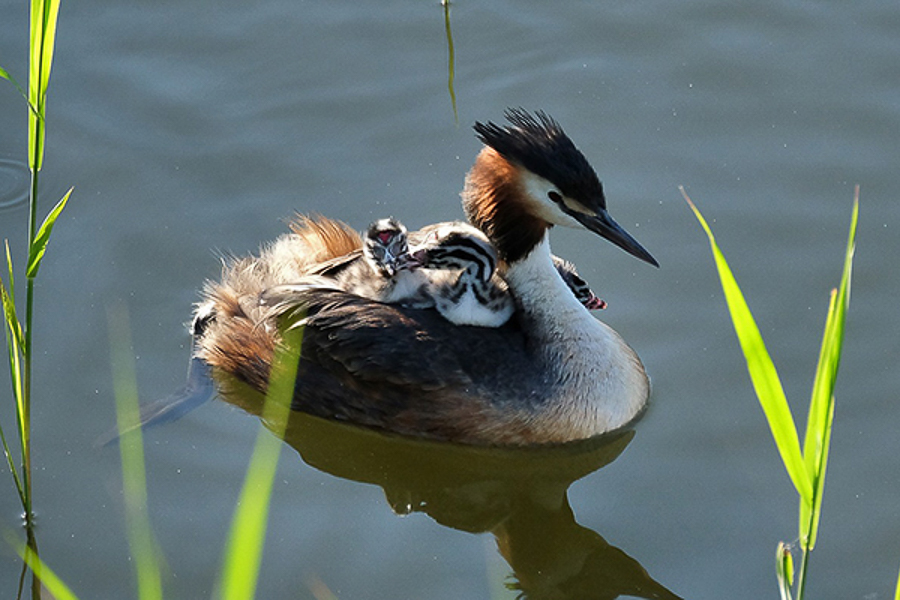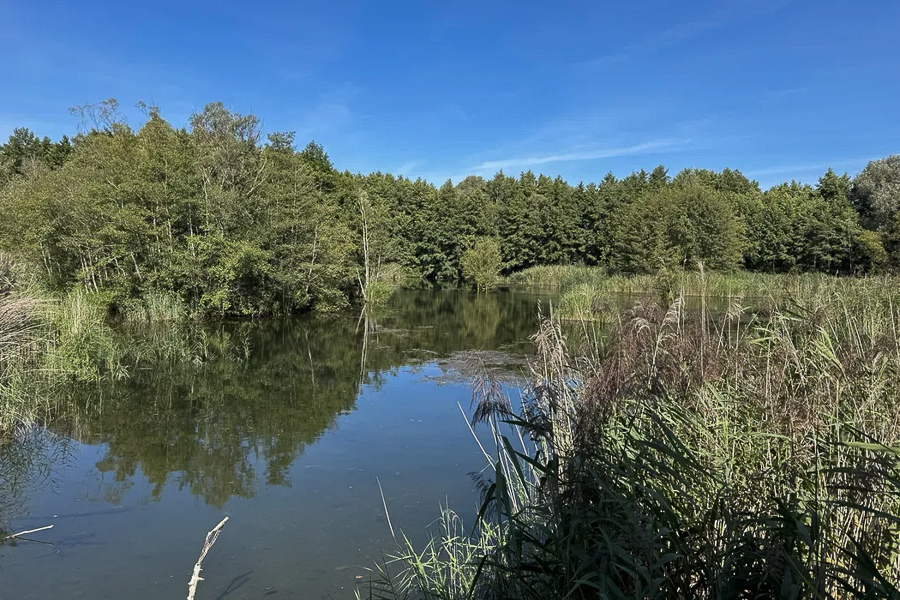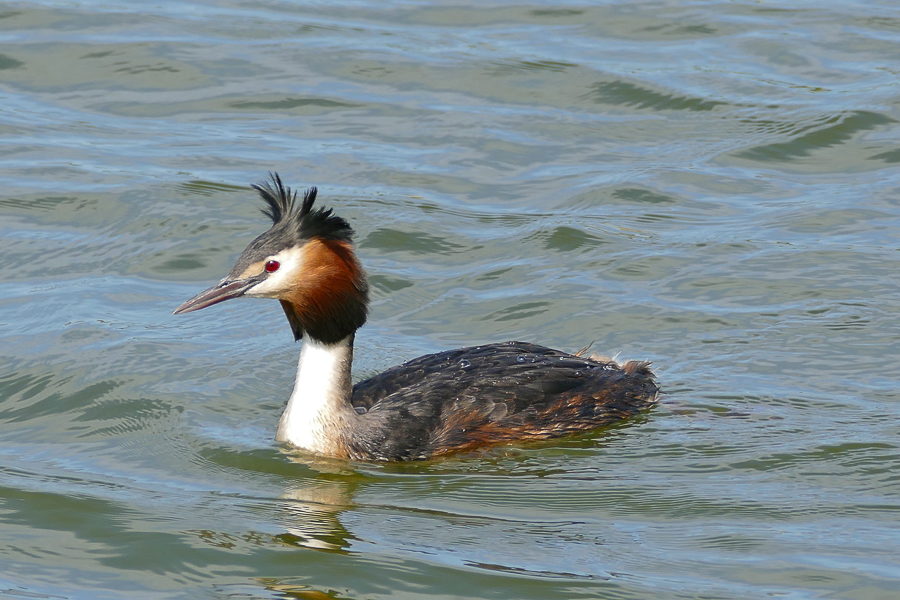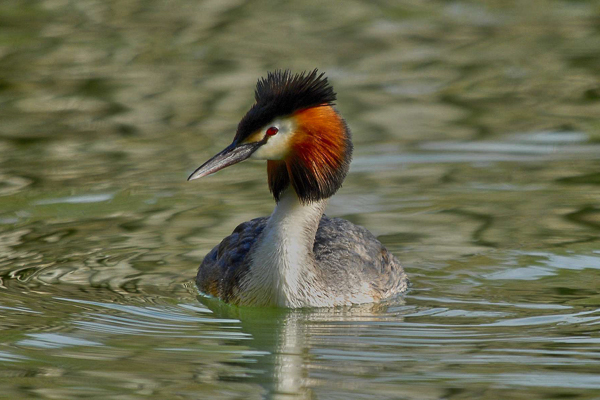 Credit: natur&emwelt
Credit: natur&emwelt
Luxembourg has what is known as a Temperate Climate in which winters are generally mild and summers comparatively cool, with rainfall that can be high; its flora and fauna have thrived in and adapted to this climate over the centuries and millennia, with ongoing challenges due to pollution and recent climate change, as well as the introduction of non-native species, resulting in disruptions to the norm.
Nevertheless, with various initiatives and organisations helping the ecosystem and habitat, including sustainability and re-wilding, there is a lot happening in nature across the Grand Duchy.
Chronicle.lu has teamed up with natur&emwelt (the non-profit organisation (naturemwelt), the foundation (Hëllef fir d'Natur) and the Wildlife Care Centre (Flegeestatioun)) for a series of articles on Luxembourg's fauna in which we look at various mammals, birds, insects, amphibians and aquatic animals, as well as touching on vanishing species returning to Luxembourg, focussing on their lifestyle and habitat, including when and where to observe them.
No. 27 in this series focuses on the Great Crested Grebe.
The great crested grebe (Podiceps cristatus) is an elegant waterbird, easily recognisable by its slender silhouette and distinctive black crest. Haff Remich Nature Reserve provides an ideal habitat for this emblematic species, favouring calm waters rich in aquatic vegetation.
The great crested grebe measures 46 to 51 cm in length and weighs around 600–800 g. Its back is brown, while the belly is white and the head is adorned with a striking black crest and chestnut-coloured cheeks. Its pointed, slightly pink bill is adapted for catching fish and aquatic insects. The legs, positioned far back on the body, make it an excellent diver and swimmer, although walking on land is awkward.
Lifestyle
A skilled diver, the great crested grebe feeds mainly on small fish, aquatic insects and crustaceans. It hunts by diving and swimming beneath the water surface, sometimes remaining submerged for several seconds. The species is monogamous during the breeding season, constructing floating nests among aquatic plants. Both parents take part in raising the chicks, which may be carried on the adults’ backs for protection. Territorial during nesting, the grebe performs spectacular courtship displays and emits distinctive calls to defend its area.
Habitat
Great crested grebes prefer lakes, ponds and wetlands with dense vegetation. Haff Remich, along the Moselle River, offers calm waters, reed beds and aquatic vegetation that are perfect for hunting and nesting. The mosaic of open water and submerged plants also supports a wide variety of other aquatic species, making Haff Remich a site of remarkable biodiversity.
Where and When to See It
The great crested grebe can be observed year-round at Haff Remich, but spring and summer are the best times, during the breeding season and when adults are feeding chicks. Early morning and late afternoon are ideal for spotting them, often perched on a floating nest or swimming among reeds.
Observation Tips
To observe the great crested grebe without disturbing it, remain quiet and use binoculars or a spotting scope. Avoid approaching the shores and nesting areas, especially between April and July. Observation hides and nature trails in the reserve allow visitors to enjoy the aquatic wildlife while preserving the birds’ tranquillity.

